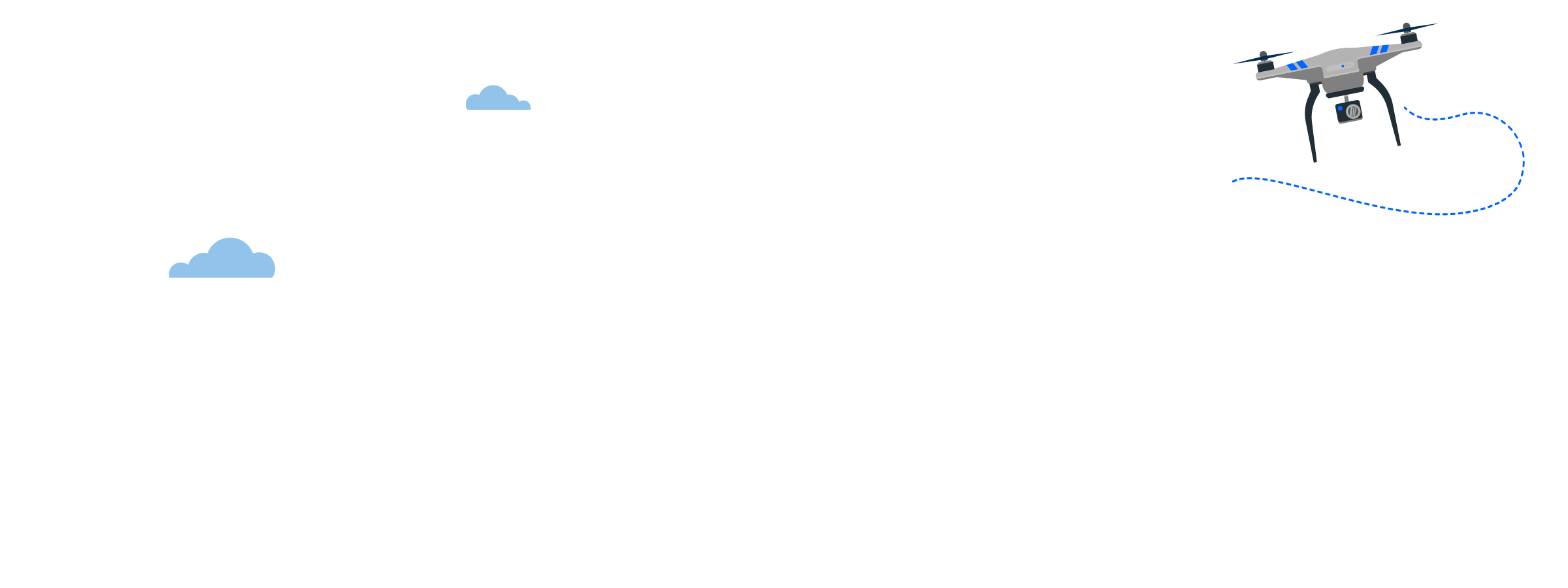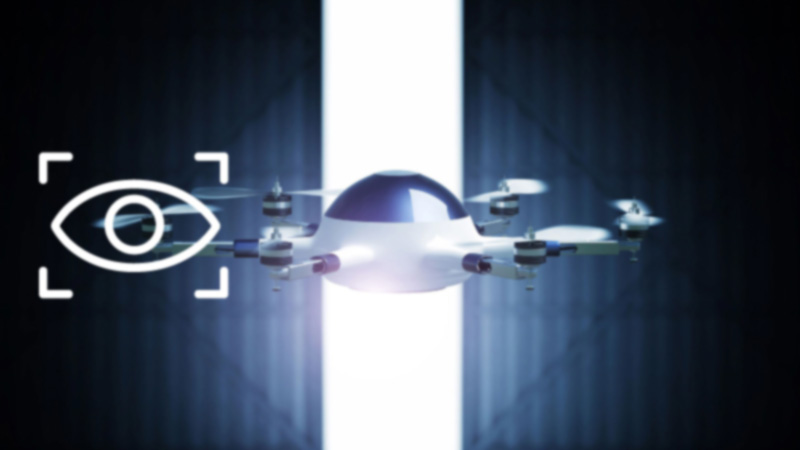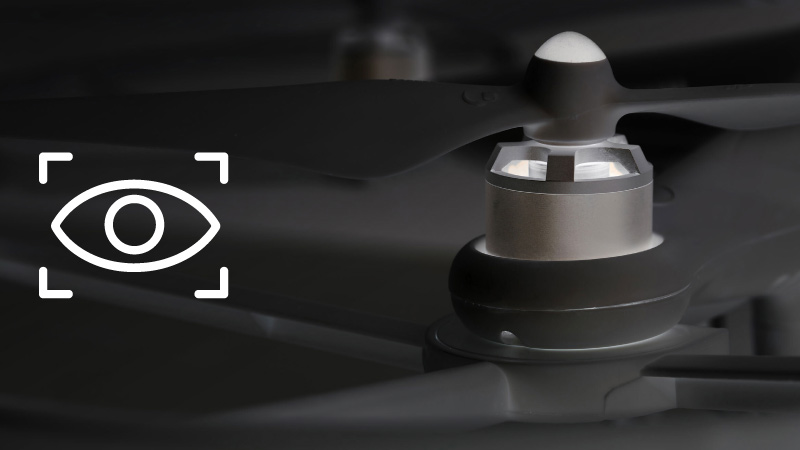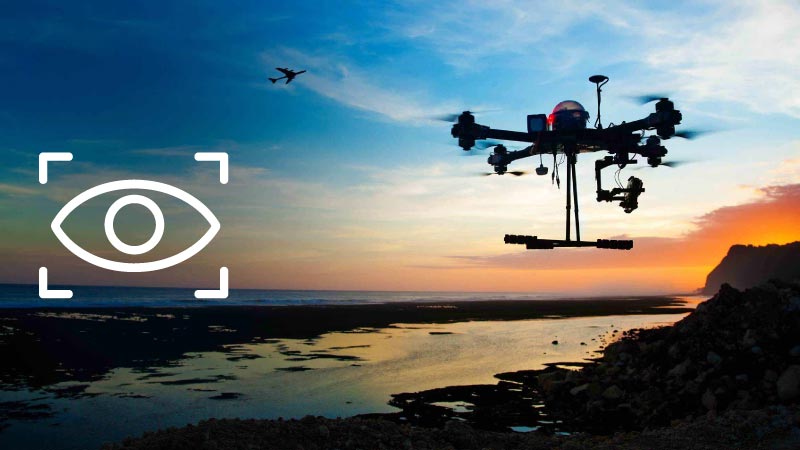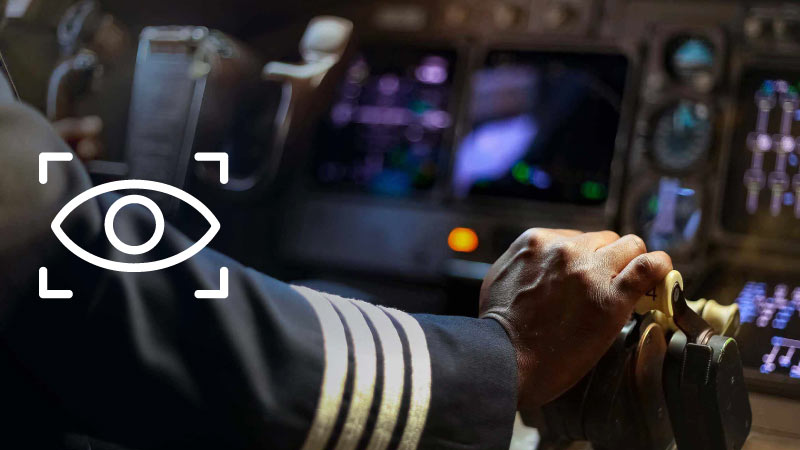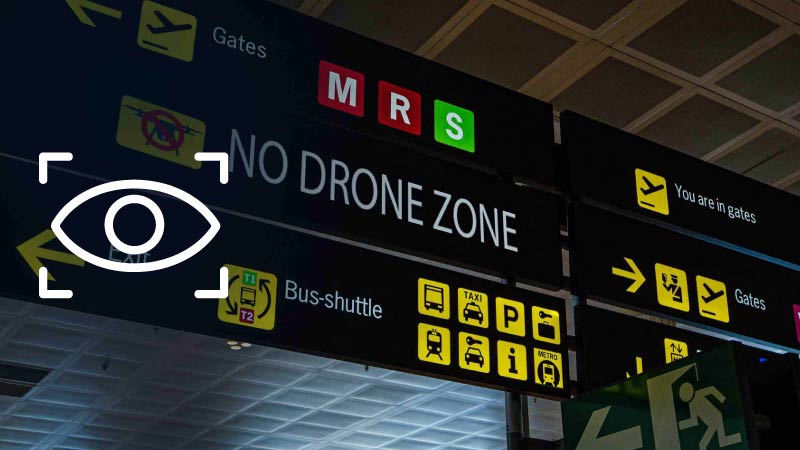Drone pilot training and certification
What’s covered in Step 1
Drone science and engineering
FAA regulations
Weather and safety
Assessments and practice exam
Knowledge tree
Lessons
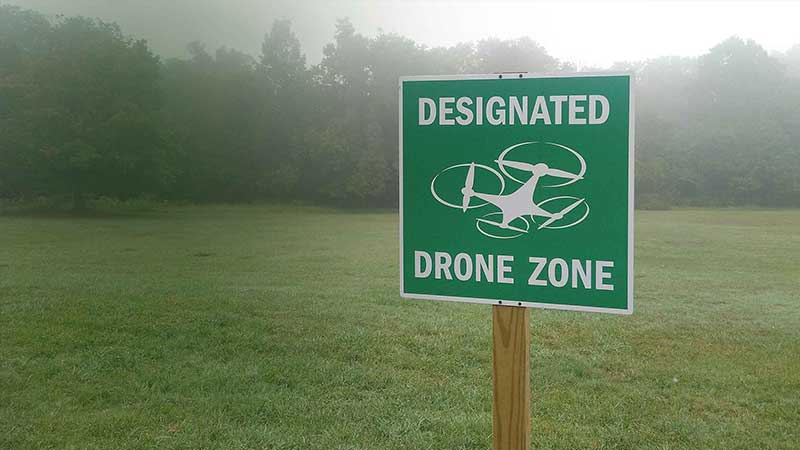
Keynote: Prepare for takeoff!
Welcome to the future of aviation. This is step 1 in the Flight to the Future program. At the completion of this step, you will become an FAA licensed commercial drone pilot.
From understanding how drones are made. to the rules of operating them in the National Airspace, you’ll learn about topics that will help you pass the FAA Part 107 exam for drone pilots.
What are drones? From multi-rotors to fixed-wing, drones come in many shapes and sizes. In this lesson you’ll learn how drones are made, what their vital components are, and the engineering that makes it all possible.
With emphasis on multi-rotors, you’ll get a good understanding of the vital systems and technologies employed. For additional perspective, delve into the history of drones and discover how this technological marvel evolved.
The laws of physics that govern the flight of every drone are introduced in this lesson. Understand the forces involved, and the efforts to counter them in flight. With treatments for both multi-rotor and fixed-wing configurations, you’ll learn about the conditions that enable a drone to stay airborne.
Going beyond the basics, get a glimpse of the future of drone flight, which is autonomous, enabled by developing sophisticated algorithms for flight control.
Like for manned aircraft, drone performance can be defined in ways that are measurable. A number of factors affect performance. In this lesson, you’ll see how atmospheric and weather conditions can influence drone flights.
High performance drones exist in a variety of categories. From racing drones, to autonomously controlled swarms, discover some of the cutting-edge efforts that are being made to improve capabilities.
All aircraft have weight and balance restrictions. Drones are no exception. In order to safely operates drones, you’ll need to understand the ways in which weight and balance affect flight and the procedures to achieve stability.
Payloads play a crucial role and you’ll learn how to properly follow loading rules based on the drone capability. You’ll also get a closer look at some heavy-lift UAV configurations that are being pioneered for cargo and passengers.
Aeronautical decision-making or ADM is the mental process used by pilots to determine the best course of action in an aviation environment. ADM skills are crucial for operating aircraft in a safe and responsible manner.
In this lesson, you’ll learn best practices and ADM procedures to ensure good risk management for drone operations. For greater context, explore the history of ADM and learn how pilots get trained in this evolving arena.
The Federal Aviation Administration or FAA is a government agency that falls under the US Department of Transportation and is responsible for the safety of all civilian aviation in the United States.
In this lesson you’ll learn about the important role the FAA plays in commercial drone operations and the services, regulations and partnerships they have in place to facilitate the expansion of the UAV industry.
Learn about airports and how they are categorized by the FAA. Airports influence the classification of airspace, so a good grasp of this knowledge is essential for safe and authorized drone operations.
Airports, along with the airspace and air traffic control facilities, constitute the National Airspace System or NAS. This ecosystem of assets, personnel and regulations forms one of the most complex aviation systems in the world.
Weather reporting and prediction along with defined and accurate procedures can greatly influence performance and safety. Combined and properly utilized, they will enhance the measure of your success.
In this lesson, you’ll learn how to apply the various sources of weather reports and forecasts along with proven industry procedures, including emergency, radio communications, and maintenance/preflight inspections to your drone operations.
Airspace is categorized as regulatory or non-regulatory by the FAA. Within these two groups, there are four types of airspace, determined by aircraft density, location, operational significance and other considerations.
A range of advisories are applicable for each type of airspace. In this lesson, you’ll learn about the different FAA advisories across the National Airspace, and how they impact drone operations.
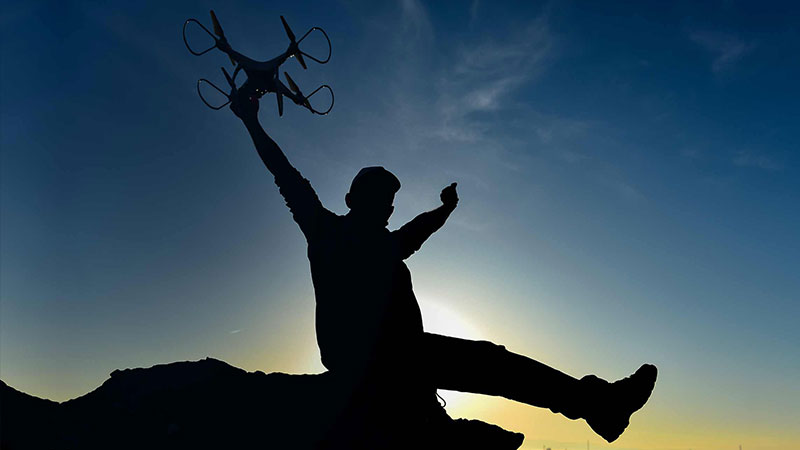
FAA exam and certification
You’ve come this far and mastered the topics that are relevant to the FAA Part 107 exam for licensing commercial drone pilots. In this lesson, we’ll take a closer look at the examination and the process for taking it.
From finding the nearest testing center to signing up for the exam, best practices and approaches are discussed. Finally, a realistic practice test is available to gauge your expertise and prepare you for the main event.
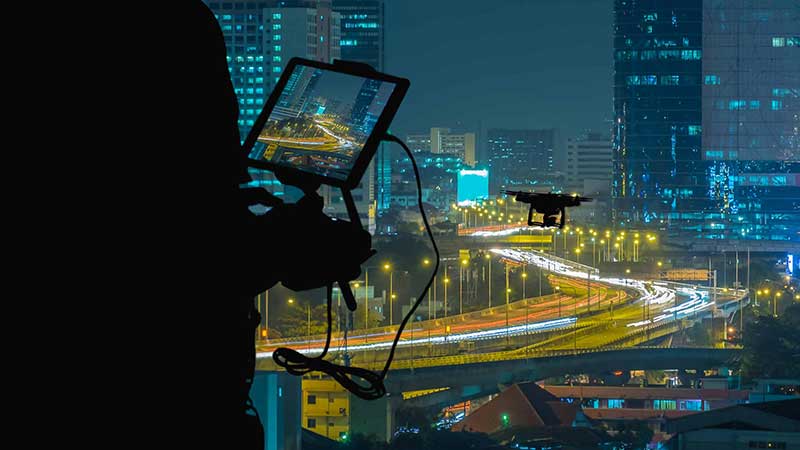
I’m certified! What’s next?
Now that you are a FAA licensed commercial drone pilot, a world of opportunities await you. With Flight to the Future, you have access to cloud technologies, IoT connectivity and AI based analytics.
In step 2 of the program, you’ll learn about these cutting-edge technologies and start using some of them to plan and execute drone missions. You are ready now, to experience the power of the AD Cloud.
Buy the success kit
Now with a 15 day trial period, during which time you can get a full refund.


